A basic assumption of hilbert is that the input signal is periodic. If you extended your signal to be periodic, then at t=1 there would be a big jump from the long, flat tail to the repetition of the initial burst of the signal.
One way to handle this is to apply hilbert to an even extension of the signal, such as the concatenation of the signal with a reversed copy of itself, e.g. np.concatenate((signal[::-1], signal)). Here's a modified version of your script that does this:
import numpy as np
from scipy.signal import hilbert
import matplotlib.pyplot as plt
A = 2
lamb = 20
w = 2*np.pi*100
fs = 8000
T = 1.0
t = np.arange(int(fs*T)) / fs
signal = A**(-lamb*t)*(np.sin(w*t+5)+np.cos(w*t+5))
# Make an even extension of `signal`.
signal2 = np.concatenate((signal[::-1], signal))
analytic_signal2 = hilbert(signal2)
# Get the amplitude of the second half of analytic_signal2
amplitude_envelope = np.abs(analytic_signal2[len(t):])
plt.plot(t, signal, label='signal')
plt.plot(t, amplitude_envelope, label='envelope')
plt.xlabel('t')
plt.legend(framealpha=1, shadow=True)
plt.grid()
plt.show()
Here's the plot that is created by the script:


